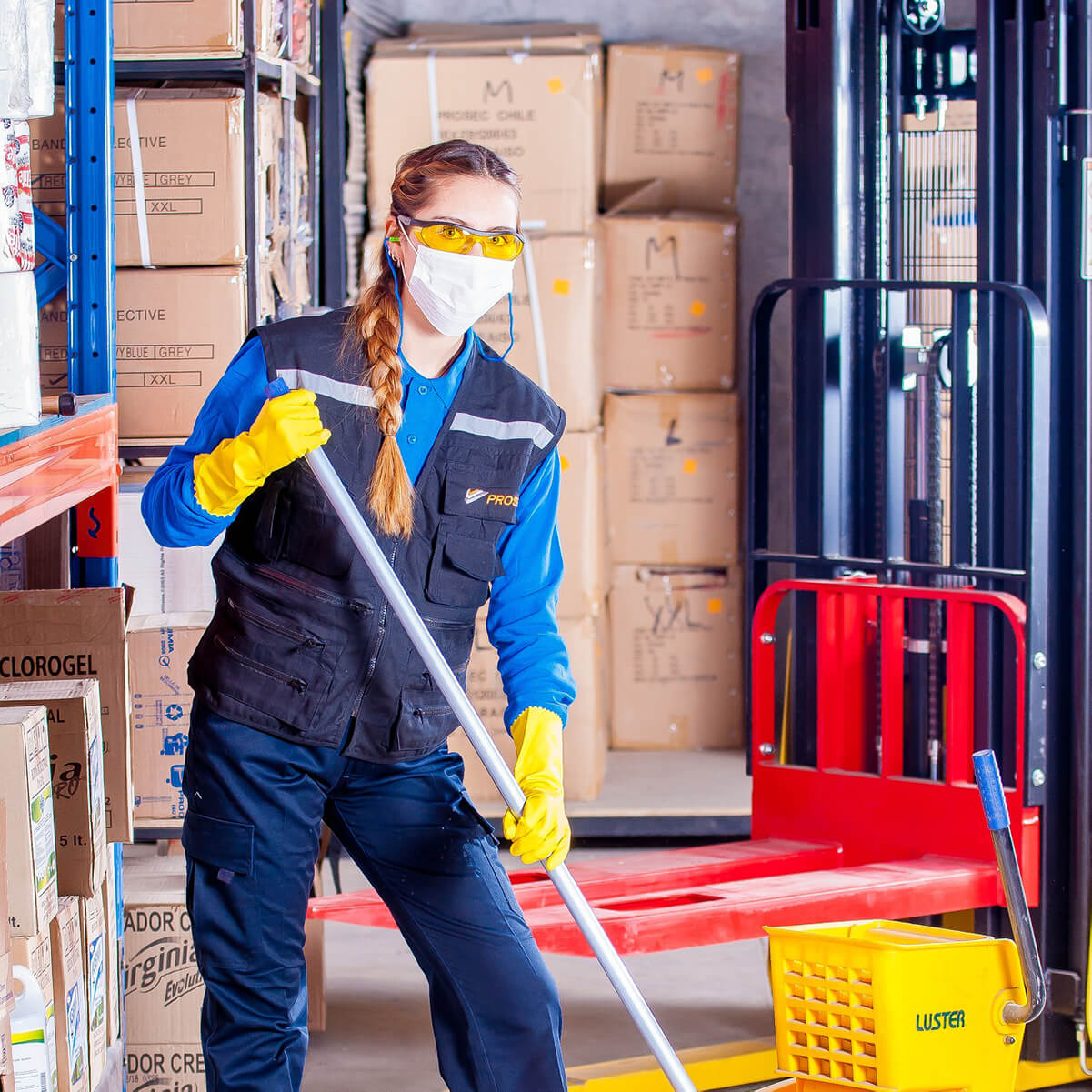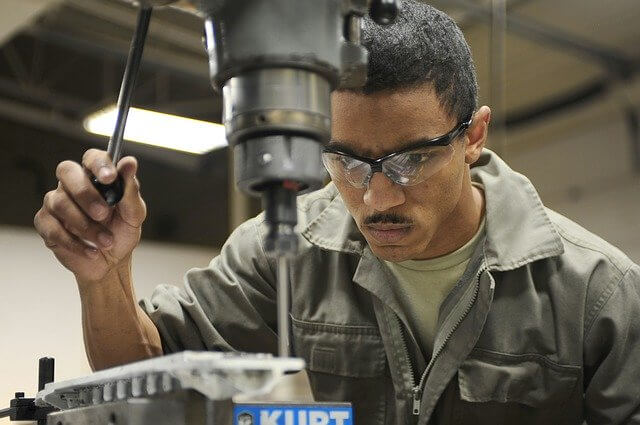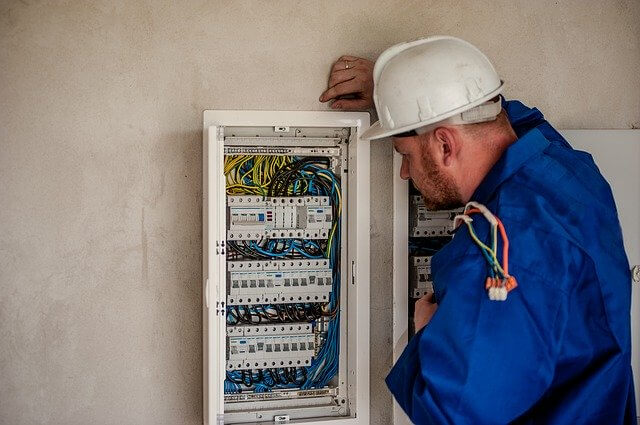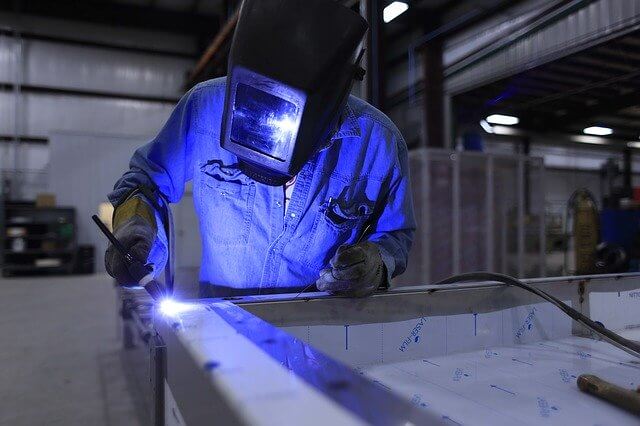
We all know the CDC’s official guidelines state that we should maintain 6 feet of distance between one another to avoid the spread of COVID-19. But the fact is that all workplaces are different, and many jobs require standing in close proximity. When you designed your facility and trained your employees, you probably never considered the prospect of a global pandemic.
Six feet of distance between us is just beyond the distance that our breathe carries. It’s a highly effective way to avoid transmission, along with wearing a facial mask. But what if you simply can’t maintain that kind of distance while doing your job? There are three actions you can take to keep employees safe.

Engineering Controls
You probably can’t create a larger workspace, but you can affect other physical aspects of the area.
- Start by ensuring the building is well-ventilated. Though much is not known about the transmission of COVID-19, researchers believe air circulation may play role in the likelihood of transmission.
- Change the alignment of workspaces. That means if one employee faces another, consider reorienting the directions they face.
- Make foot traffic go one way if possible, and use physical cues like colored tape on the floor to remind employees and customers where they can walk safely.
- Create hand washing or hand-sanitizing stations throughout the workplace for employees and customers.

Administrative Policies
Some employees can be stubborn about changes in the workplace. If word comes from the top, they’ll be more likely to take it seriously, regardless of personal beliefs about the virus.
- First, educate your employees about COVID-19 and the ways it can be transmitted, as well as ways to prevent spreading it.
- Train employees on the importance of social distancing when possible, as well how to properly wear a mask, cover a cough, or avoid sharing equipment.
- Encourage employees to go home when they are sick, and make sure they fully understand your sick leave policies.

Face Coverings
The efficacy of masks for protecting individuals from COVID-19 was in question when the pandemic first began. Now, researchers consider facial coverings (even homemade) to be highly effective.
- Train employees how to put on and take off masks to avoid contamination. This includes washing your hands before touching the mask, as well as ensuring a snug fit against the side of your face.
- Employees should not wear facial coverings if their use introduces new risks, like contributing to heat-related illnesses.
- Recommend or require that customers or visitors also wear facial coverings when entering your facility.
- Please reserve the use of N-95 or surgical masks for medical professionals, unless these masks were already required to do the job before the pandemic. With a limited supply, we need to protect healthcare professionals with these scarce, yet effective resources.
If you need testing or additional guidance regarding COVID-19, Advanced Urgent Care & Occupational Medicine is here to help. Do not hesitate to call your workers’ compensation professional today to learn more about our COVID-19 services for employers.
